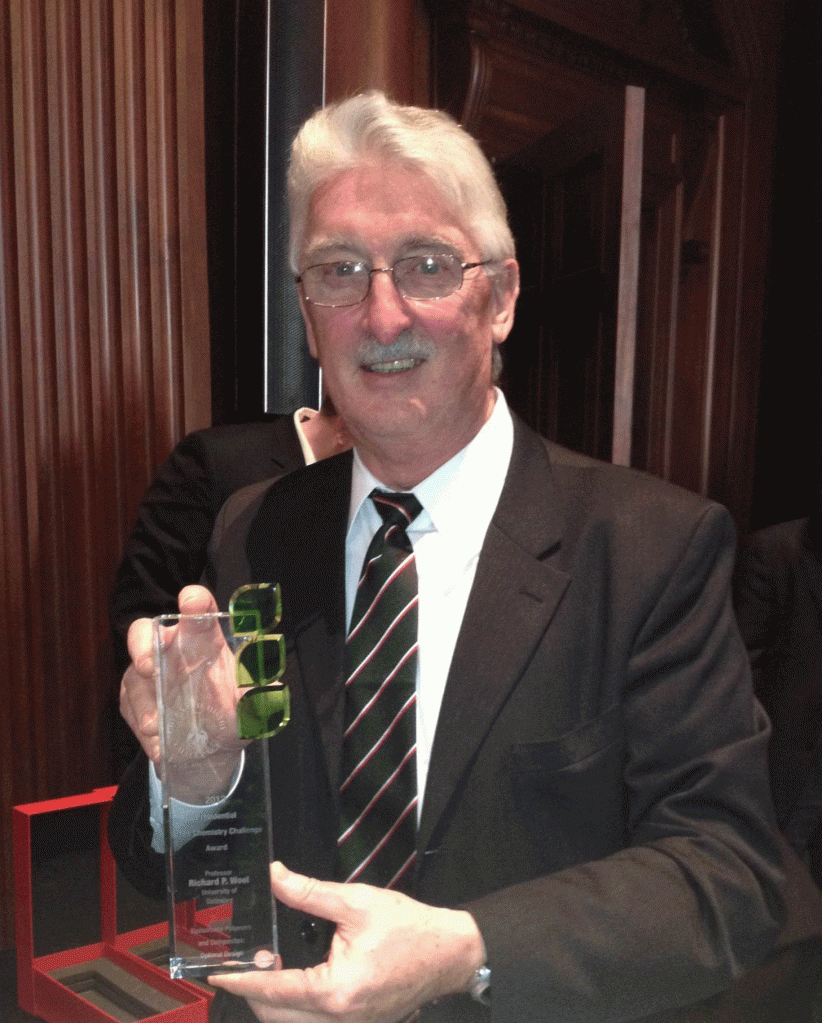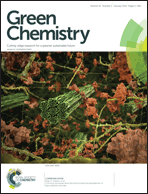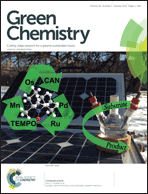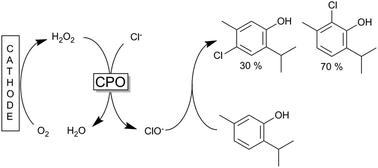On the 16th–18th June 2014, the Cluster of Excellence “Tailor-Made Fuels from Biomass (TMFB)” at RWTH Aachen University will organize it’s 2nd International Conference on Biofuel production and combustion. After their International Workshops were turned into an open Conference for the first time in 2013, the Aachen scientists continue to transfer their interdisciplinary research approach to their International Conference which is organized in different sessions that reflect the research structure of the Cluster of Excellence:
The following topics will be addressed in separate sessions during the conference:
• Biomass Fractionation and Pre-treatment
• Enzymatic and Catalytic Biomass Processing
• Catalytic Synthesis and Conversion of Biomass-based Streams to Platform Molecules and Fuels
• (Bio-)refinery Process Optimization
• Injection, Ignition and Combustion of Biofuels
• Combustion Process and Exhaust Gas After treatment Optimization of Biofuels
Call for Papers: If you would like to contribute to this conference with a presentation of your work in one of the above fields, please send in a one-page summary of your topic – click here for full details on how to submit. The deadline for submission is the 31st January 2014.
Confirmed Invited Speakers
The conference sessions will complemented by key note lectures from experts of all addressed disciplines:
• Gabriele Centi, Professor of Industrial Chemistry, University of Messina, the Netherlands
• André Faaij, Professor for Energy System Analysis, University of Utrecht, the Netherlands
• Tiziano Faravelli, Professor for Chemical Reaction Engineering and Chemical Kinetics, Politecnico di Milano, Italy
• Kohsuke Honda, Professor for Biotechnology, Osaka University, Japan
• Luuk van der Wielen, Distinguished Professor for Biobased Economy, Delft University of Technology and President of the Executive Board of BE-Basic Foundation, the Netherlands
• Marcel Wubbolts, CTO, Royal DSM, Urmond, the Netherlands
Visit the conference website for more information.
 Green Chemistry Advisory Board member Professor Richard Wool has won the 2013 Presdiential Green Chemistry Challenge Award for Academic research. He has been recognized for his research in creating several materials from less toxic and renewable biobased feedstocks such as vegetable oils, chicken feathers and flax that can be used as adhesives, composites, foams, and even circuit boards and as a leather substitute. Professor Wool is currently the Director of the ACRES (Affordable Composites from Renewable Resources) Program at the University of Delaware.
Green Chemistry Advisory Board member Professor Richard Wool has won the 2013 Presdiential Green Chemistry Challenge Award for Academic research. He has been recognized for his research in creating several materials from less toxic and renewable biobased feedstocks such as vegetable oils, chicken feathers and flax that can be used as adhesives, composites, foams, and even circuit boards and as a leather substitute. Professor Wool is currently the Director of the ACRES (Affordable Composites from Renewable Resources) Program at the University of Delaware.










 The front cover this month (pictured left) features work by Brian Davison and co-workers. In their work they investigate the mechanism of biomass breakdown. Understanding this process should lead to more efficient use of biomass.
The front cover this month (pictured left) features work by Brian Davison and co-workers. In their work they investigate the mechanism of biomass breakdown. Understanding this process should lead to more efficient use of biomass. The inside front cover this month (pictured right) features work by Kevin Moeller and co-workers from Missouri, USA. In their work they set up a simple solar-electrochemical reaction to recycle Os(VIII)-, TEMPO-, Ce(IV)-, Pd(II)-, Ru(VIII)-, and Mn(V)-oxidants.
The inside front cover this month (pictured right) features work by Kevin Moeller and co-workers from Missouri, USA. In their work they set up a simple solar-electrochemical reaction to recycle Os(VIII)-, TEMPO-, Ce(IV)-, Pd(II)-, Ru(VIII)-, and Mn(V)-oxidants.






